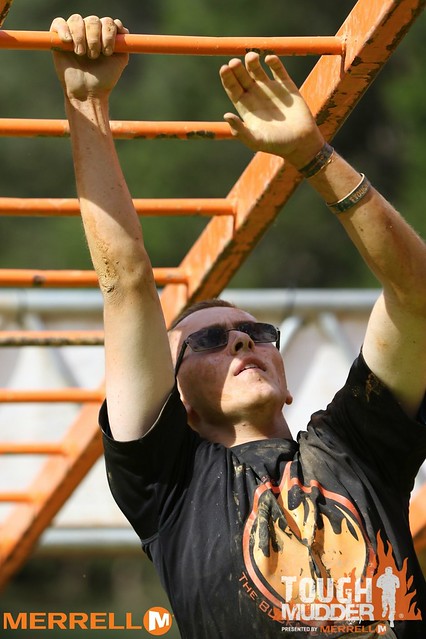

Throughout the summer before my senior year of high school, including the entirety of my senior year, I volunteered at the Ahuja Medical Center and the Geauga Medical Center, which are University Hospitals locations in Northeast Ohio. As a part of the Age Well Be Well program, I was tasked with providing informational lectures on the basics of the internet, which included the following concepts: devising search terms, using the search bar, creating and accessing an email account, avoiding spam or scam emails, discerning viable online threats, and gaining access to technology and ultimately the internet. My role was that of the primary lecturer, so while other volunteers would peruse the room and help senior patients through the current objective, for example searching their favorite animal, I would communicate the information in a way that delivered the information in a manner that was clear and did not berate the limited knowledge of the patients. Having to teach an audience the basic structure of a resource that people of my generation use (sometimes exploit) with relative ease was an eye-opening opportunity to become aware of the necessity to consider the backgrounds and experiences of different people when interacting with them in a professional setting. As such, the enriching feeling of providing aid, in any form, to a collective that requires my specific take or knowledge of a certain topic or procedure was repeatedly fulfilling, and I look forward to continuing my ventures into volunteer opportunities that allow me to lighten the confusion or struggles of diverse groups of people. Appropriately, the patient-professional relationships is vital in the dental field, and I accordingly place great value in creating meaningful bonds with people now so that I can foster the development of myself in a way that best prepares for amicable and respectful interactions with patients.

